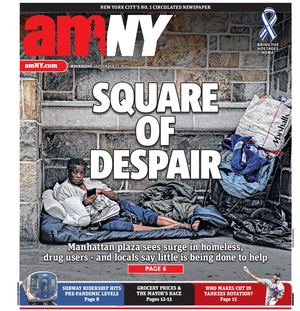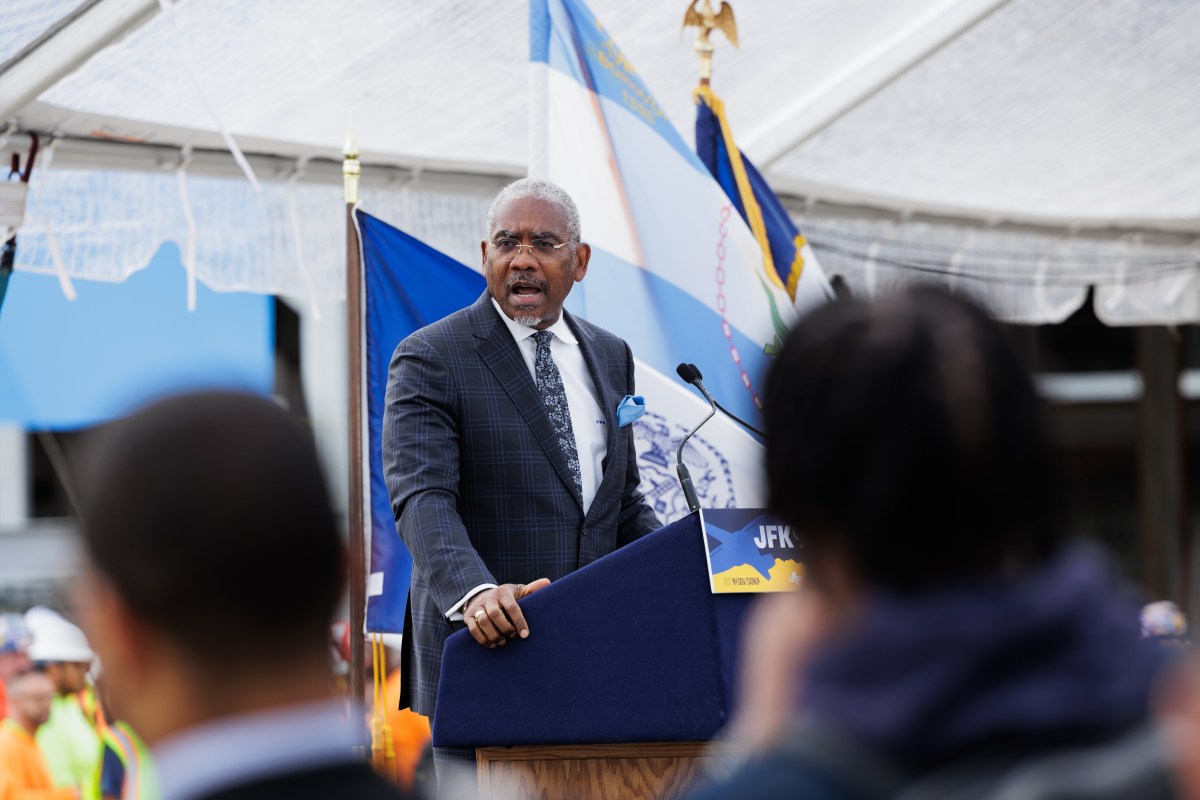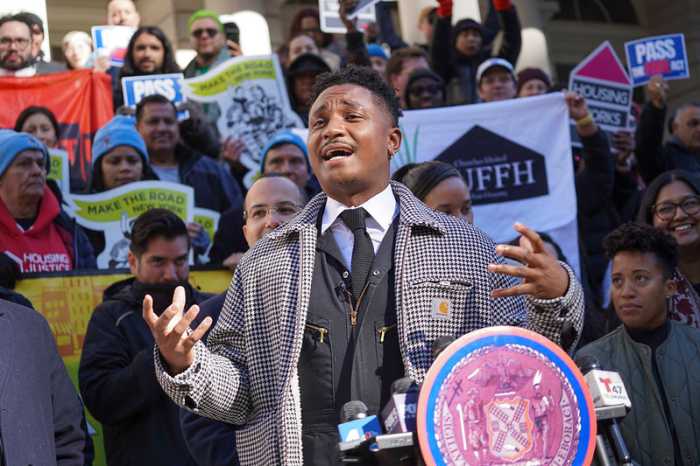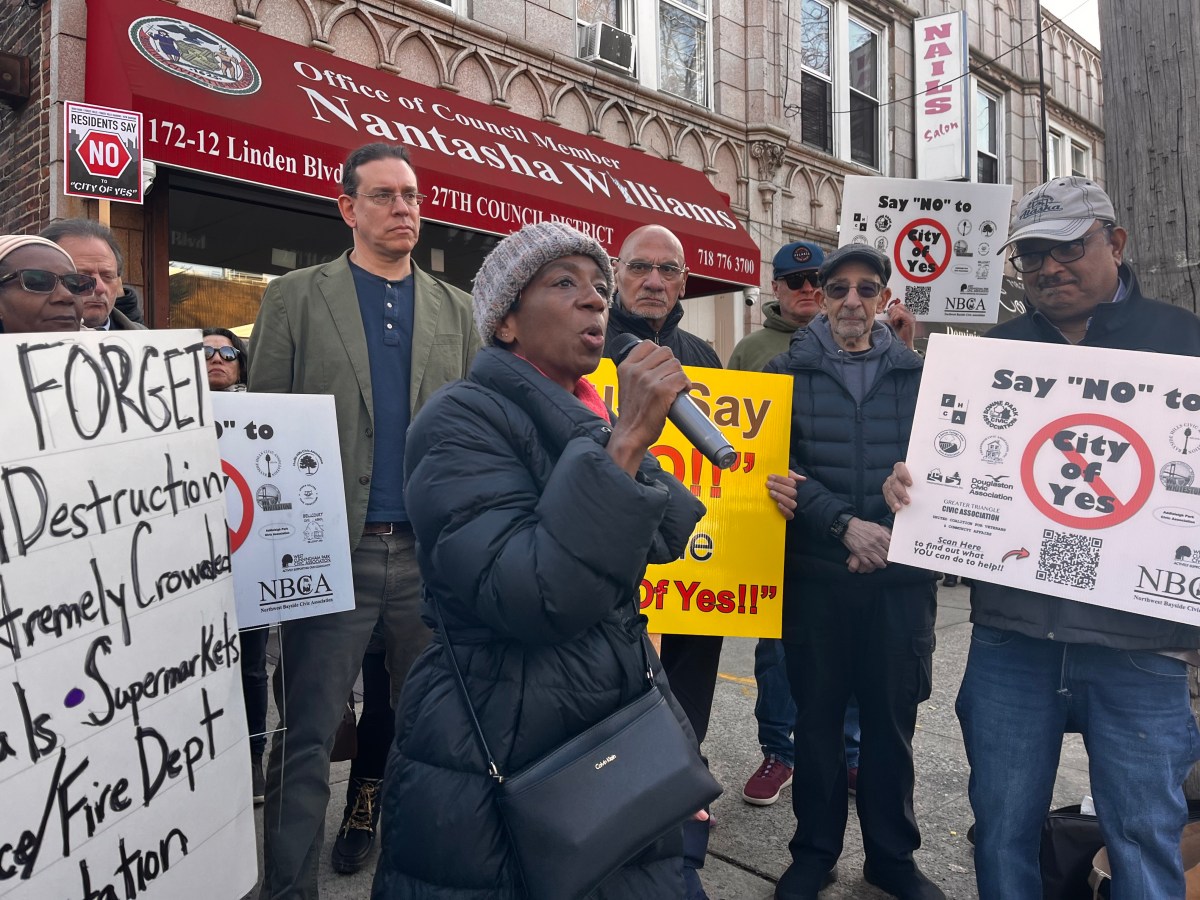Like the weather, the housing shortage in New York City is something that everybody talks about but who’s doing anything about it? That easing the current 1.4 percent apartment vacancy rate and record-high rents requires more supply has become the given, excepting those who feel that the scale of the city is more important than actual living conditions, and those opposed to any development in their own neighborhoods.
Production failed to keep up with population growth during 2000-2020 when the city added about 800,000 residents. That’s like the entire population of San Francisco moving here, but less than 400,000 new units were built in that period. The Real Estate Board of New York projects a need for 560,000 new units by 2030 with only about 30-35,000 units a year currently forecast by the New York Building Congress.
Until recently, political headwinds against development had been strong, compounded by the Covid crisis. First and foremost was the expiration in 2022 of the RPTL 421-a property tax abatement program, decried as an unnecessary give-away. This led to a spurt in projects seeking to be grandfathered when it became clear the Legislature was unmoved by industry predictions of dire consequences, followed by a virtual crash in new market rate rental building permit applications to under 10,000 in 2023.
Recognizing that the expectation that developers would keep building despite losing the tax break had been overly optimistic, the legislature and Governor Kathy Hochul reconsidered and enacted a new program, RPTL 485-x, last April.
The program received mixed industry reviews because it imposes minimum construction wage rates for projects over a certain size or in certain locations. But for projects under 100 units, it can make all the difference. The upshot has been some rebound in permit applications but not enough to forecast results equal to the old program. The legislature also repealed an arbitrary cap on the bulk of residential buildings, although city zoning changes will be needed to take advantage of this. Office to residential conversions were made easier as well.
Having exhausted itself in this effort, the legislature appears unlikely to take the issue up again until the effects of the new abatement program are known. In the meantime, Hochul is using tools available to her, including committing $1 billion to support Mayor Eric Adam’s housing initiatives, as well as searching out state-owned surplus land to be made available for development.
To his credit, the mayor not only declared early on that he was committed to new development, he followed through with the recently adopted City of Yes initiative, the most significant overhaul of the Zoning Resolution since its adoption in 1961. The biggest and most controversial portion was City of Yes for Housing, intended to induce the development of 80,000 units over 15 years by making it easier to build, “a little more housing everywhere.” It includes reduced parking requirements, more design flexibility, and a variety of changes to how floor area is calculated. It also has its own provisions for office conversion.
The mayor was able to get the proposal approved by the City Council substantially intact because of the shift in the political environment. Fears that development inevitably leads to gentrification have become outweighed by the recognition that rents were rising even where no development had occurred.
The upshot is that many candidates up for election this year are competing to see who can stake out the most pro-housing platform. This includes previously development-antithetical self-described progressives who realize that, indeed, one does not need to be a weatherman to know which way the wind was blowing.
Adams continues to advance new ideas to increase the housing stock. He recently appointed a Charter Commission to identify reforms to speed approvals. In his 2025 State of the City speech, he announced a series of initiatives including a vision to have 100,000 new units built in Manhattan alone. The forecast of his chances of success, however, is foggy due to his current legal challenges and low poll standing.
Overhanging whether these actions at the state and city level will prove to be sufficient is the uncertain climate in Washington for taxes, tariffs and interest rates due to a certain New York City real estate developer relocating there. That makes the overall forecast for 2025 partly sunny, with a chance of drought.
Ken Fisher, a member of Cozen O’Connor, focuses his practice on matters involving state and local government. He is a former New York City Council member and co-chair of the Brooklyn Chamber of Commerce Real Estate Committee. The views expressed are his own.
Read More: https://www.amny.com/law/





































